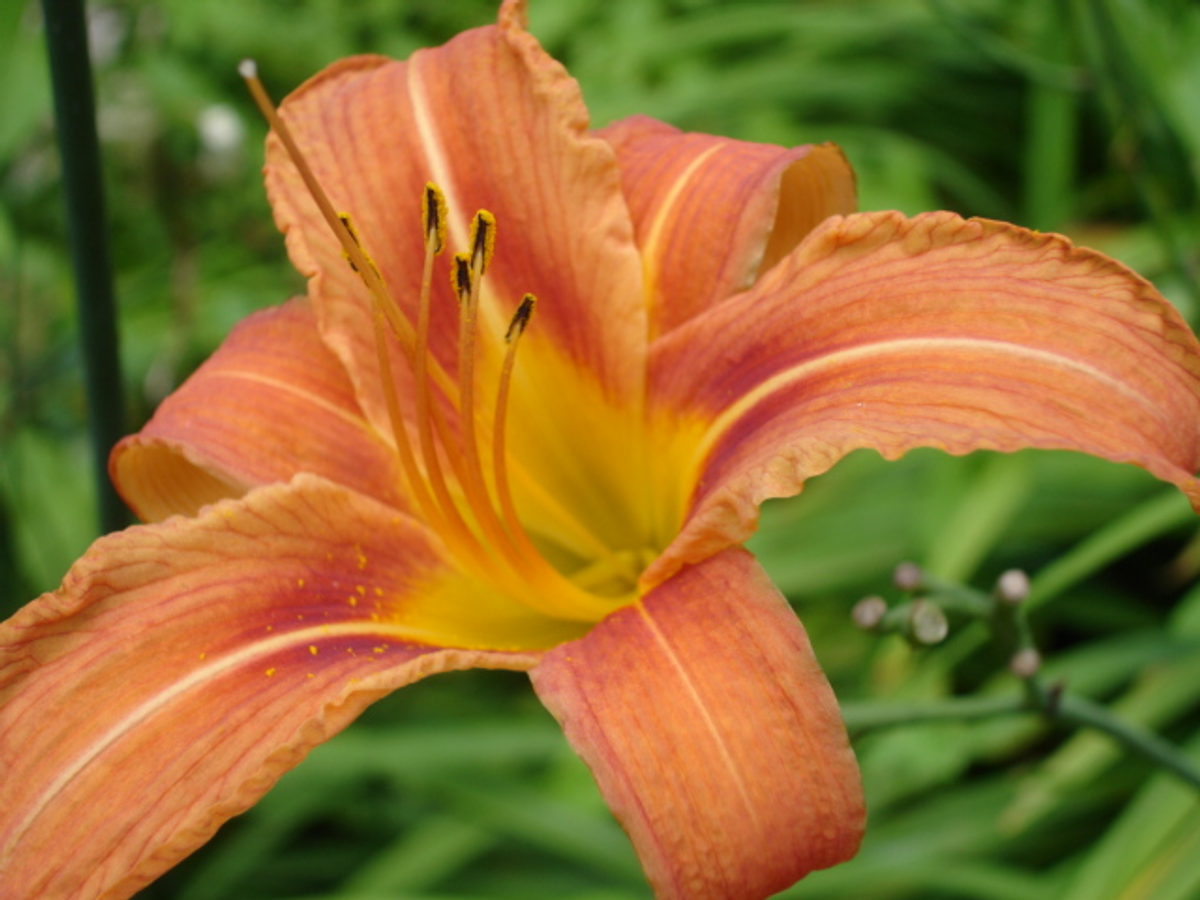At some point I became interested in everything. College had chipped away at the list of topics that were beneath my consideration -- even a deadly subject like history became interesting in the right hands. My days as a teacher completed the process: My students were prodigy bright and research was my only way to stay one step ahead of the class. I found I enjoyed it. I obsessed over the intricacies of grammar, unraveled the politics of the Seneca Falls Convention, and berated a student for groaning when it came time to read "The Federalist Papers." The teenage me, who daydreamed through American History and wore concealed headphones in Geometry, finally slipped away completely.
After I quit teaching, I continued reading at a feverish pace. I read ancient Roman historians, dictionaries of Mexican slang and Chinese cookbooks. I haunted the upper floors of the Seattle public library and learned the history of the city by reading old letters and police reports. It got to the point where I felt anxious when an unplumbed subject appeared on my radar. (Why don't you know anything about Paraguay, dummy?, I'd asked myself reproachfully.)
After a few years of collecting data like an idiot savant, I faced the obvious question: What exactly is the point? I'm not pursuing a career as a teacher, prospective employers are unlikely to quiz me on Julius Caesar's sexual habits, my friends aren't overly impressed by my spontaneous lectures on Alexander Hamilton, and I don't plan on procreating. Will I spend my life feverishly amassing a store of information and then die, alone, while in the midst of memorizing the periodic table of elements? And speaking of memory, where is it all going? Does each new fact just displace another, a detail of Babylonian temple etiquette giving way to the ideal growing conditions for brassica?
This year, the struggle to survive in a failing economy took center stage and my stacks of obscure historical treatises were topped with slightly more practical fare: "Plants of the Pacific Northwest Coast," "Oxford Dictionary of Plant Lore," "Edible Wild Plants," "Root Cellaring," "The Organic Gardener's Handbook of Natural Insect and Disease Control." It felt good to meld my reading with my day-to-day life, but I still worried that most of the information wouldn't absorb or would absorb so deeply that it would be lost among the drifts of tidbits that clutter my mind: possible locations for gathering sea salt, regulations for trout fishing, recipes for DIY laundry soap.
Recently I discovered a new advantage to focusing my studies on local flora and fauna. I walked through the garden to discover clusters of cantaloupe-colored buds, a visual reminder of a fact I filed away this winter: The tubers, stems, leaves, flowers and buds of day lilies are edible.
The orange day lily, hemerocallis fulva, is native to Asia, where dried buds, or "golden needles" are used in cooking. The bud makes an attractive addition to stir-fries, and it's high in protein and rich in calcium, phosphorus and Vitamin A. The nutritious day lily is so easy to cultivate that it now flourishes wild in 47 American states and two Canadian territories.
My mother planted our lilies 20 years ago, and a cluster is taking over one corner of our vegetable garden. Flanked by fuchsia foxgloves, the lilies are iridescent orange, with pale green leaves and stems. When I sample a petal, I am pleasantly surprised. The beauty of most edible flowers is not matched in flavor, but the day lily is tasty. The uncooked petal has the texture of a tender artichoke leaf and the taste is bright with a hint of snap pea. It would be perfect in salad, but I've heard the raw flowers disagree with some people, so I decide to take baby steps and try the flower cooked first. Several Chinese recipes I've filed away spring to mind, and I set out to create a colorful summer stir-fry.
I mix soy sauce, cornstarch, orange juice and stock in a bowl and set it aside. When the wok is sizzling, I add onion. As the onion takes on a pearly tinge, I throw in the day lily, then add broccoli, garlic, chives and lamb stock, followed by the sauce mixture. The end result is a crunchy and attractive stir-fry, perfect for a summer dinner on the front porch. Sautéed, the buds have a nutty undertone; the texture is something akin to a well-cooked shallot. My friends Jerry and Alyssa are visiting with their boys, and the 5-year-old and 9-year-old eat the sautéed flowers without comment, a sure testament to the innocuous yet pleasant flavor and texture.
I am briefly tempted to deliver a small lecture on the lily's path to the Americas, but I decide not to test my luck. Perhaps some of my habits can only be appreciated once-removed and doused in soy sauce.
Day Lily Stir-fry (Serves 4)
Ingredients
Group I
- Rice (cooked)
Group II
- 4 tablespoons cooking oil
- ½ onion (chopped)
- 12-14 day lily buds
- 3 cloves garlic (chopped)
- 2 small heads broccoli (cut into medium florets)
- 2 tablespoons stock
- 1 handful onion chives (chopped)
Group III
- 3 tablespoons soy sauce
- 5 tablespoons stock
- 1 tablespoon wine (sherry or rice wine is ideal)
- 2 tablespoons orange juice
- 2 teaspoons cornstarch
Directions
- Mix in the ingredients from group III in a bowl and set aside.
- Heat wok to medium high. Add oil and when oil is hot, add onion. Cook until translucent.
- Add day lily buds and sauté for a minute or two. Add remaining ingredients from Group II and stir-fry for 1-2 minutes.
- Add Group III ingredients and cook for another minute or two, or until sauce thickens.
- Serve over rice.




Shares